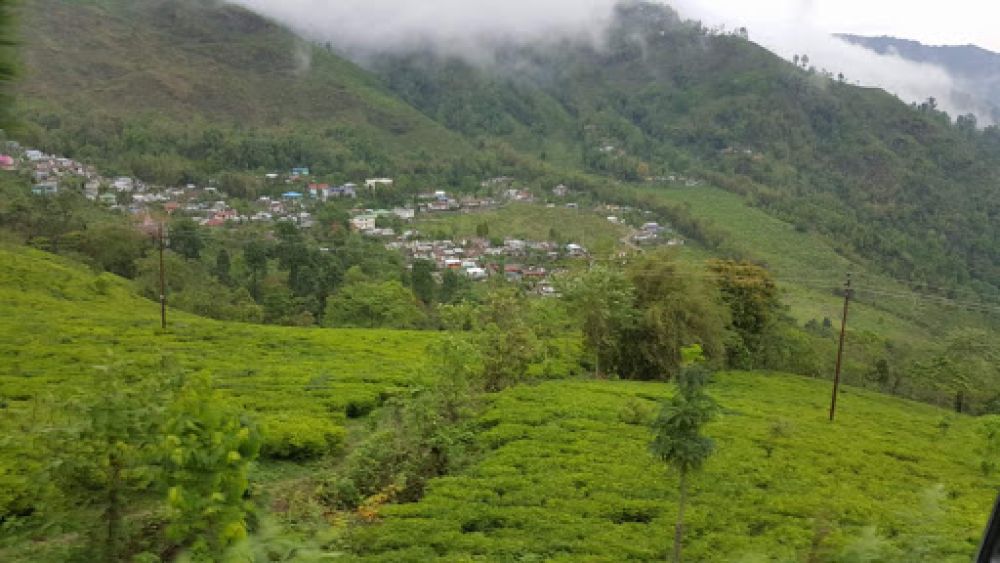

Nestled in the serene hills of West Bengal, Rai Dhap has gradually etched its name on the global tourism map, invoking a sense of quaint beauty and tranquility. A relatively newfound jewel in the district of Mirik, this locale is fast becoming a restful escape for enthusiasts keen on experiencing the less-trodden paths.
The journey of Rai Dhap as a tourist destination is interwoven with the development of Mirik itself. Mirik, known for its lush tea gardens, scenic lake, and mild climate, was always a popular retreat during the British colonial era but gained prominence post-independence.
Tourism in Mirik, and in extension, Rai Dhap, got a boost in the 1970s when the government of West Bengal, recognizing its potential, embarked on a mission to develop the infrastructure to support and promote tourism. The creation of Mirik Lake in 1979, also known as Sumendu Lake, was pivotal, drawing visitors to its tranquil waters and the surrounding greenery.
With time, tourists seeking a more intimate connection with nature started exploring nearby areas like Rai Dhap. This place is primarily known for its large natural reservoir which is an essential source of drinking water for Mirik. The surrounding area of Rai Dhap is rich with pines, forests, and offers panoramic views of the Eastern Himalayas, opening up opportunities for eco-tourism.
In recent years, Rai Dhap has seen a significant change with the rise of experiential and sustainable tourism. Visitors are now looking for authentic, eco-friendly, and community-based experiences. This shift has led to the development of homestays and growth in rural tourism, connecting tourists with local lifestyles and culture.
Bird watching, trekking, and nature walks are some of the activities that attract nature enthusiasts to Rai Dhap. The region’s untouched beauty also makes it a paradise for photographers and artists seeking inspiration. Local festivals and interactions with the culturally rich communities of Rai Dhap provide a rare glimpse into the heritage and traditions of the area.
The West Bengal Tourism Development Corporation (WBTDC) along with private stakeholders continues to nurture Rai Dhap responsibly, aiming to preserve the region’s natural beauty while offering improved facilities for tourists. Programs that promote eco-friendly practices and cultural preservation are part of this development strategy. With tourism gradually picking up pace, Rai Dhap is attracting travelers not just from India but from across the globe.
The tourism history of Rai Dhap reflects a slow yet continuous evolution from a serene resourceful reservoir to a promising destination that perfectly blends ecological preservation with visitor satisfaction. As tourism trends continue to evolve, so does the potential of Rai Dhap, inviting travelers to immerse themselves in its untouched splendor while contributing to the locale’s sustainable development.